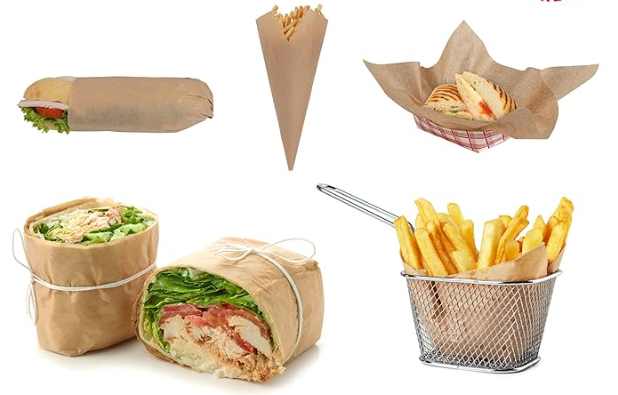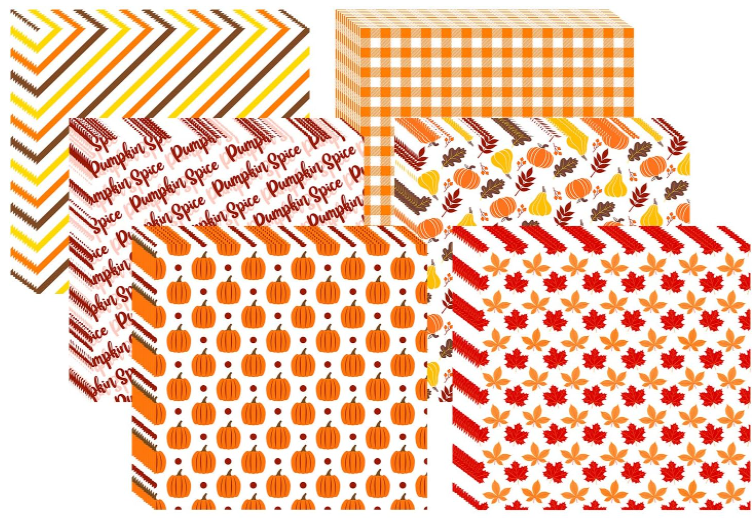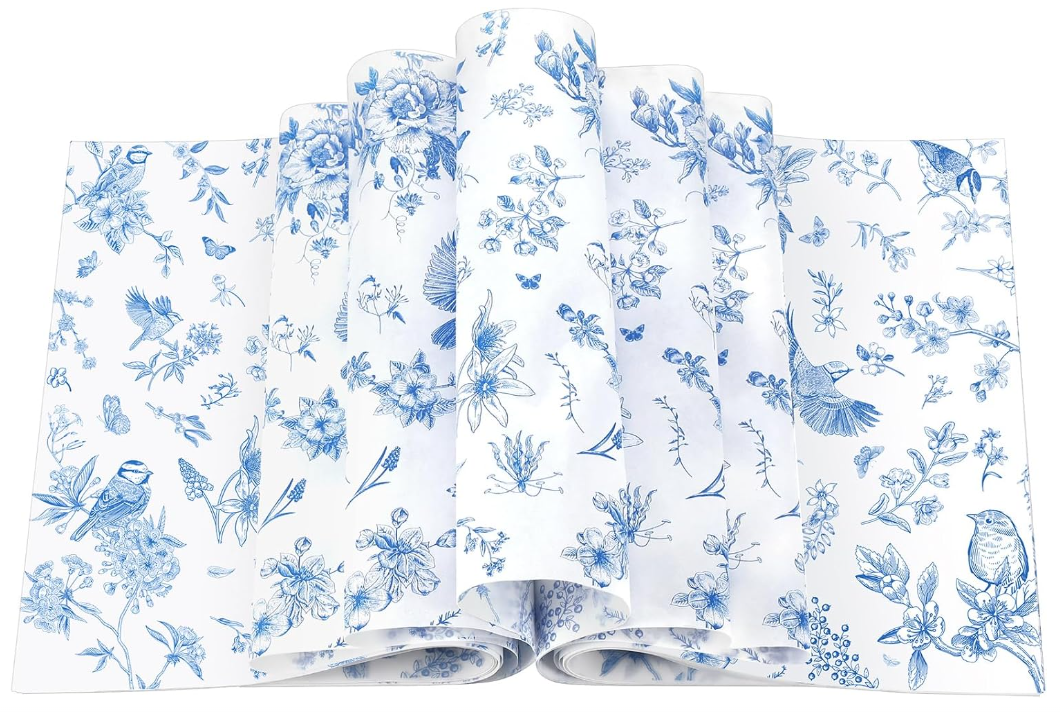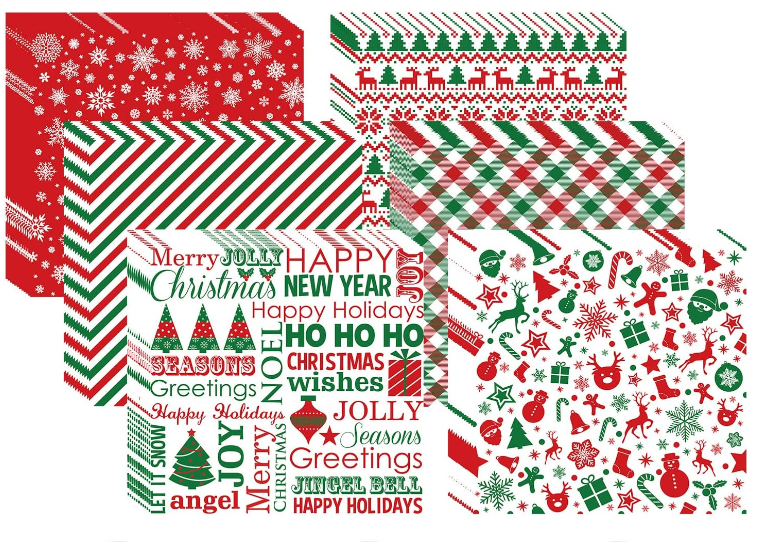Waxed Paper: Baked Goods Shipping Solutions
When you carefully unroll a piece of old-fashioned waxed paper, does the unique translucent texture, gentle resistance, and subtle aroma evoke a long-lost memory of authentic quality? In a world dominated by plastic film, this seemingly outdated material is resurfacing among brand decision-makers with its unique texture, biodegradable and eco-friendly properties, and powerful emotional connection.
As a solutions provider specializing in sustainable flexible packaging innovation, MTPAK is deeply exploring the modern potential of waxed paper. Through composite processes and structural innovations, it enables food, coffee, beauty, and cultural and creative brands to transform nostalgic sincerity into accessible packaging strategies, thereby building a unique brand moat in a highly competitive market.
What exactly is wax paper? How does it preserve and protect food?
Wax paper is essentially a high-strength base paper (usually kraft or kraft paper) impregnated or coated with a food-grade wax coating. This coating is the core of its functionality:
l Barrier Shield: The wax effectively fills the pores between paper fibers, forming a physical barrier against moisture and grease. When packaging a high-fat pastry, wax paper effectively prevents grease from seeping out, keeping the exterior of the package clean and crisp.
l Breathing Window: Unlike completely insulated plastic, wax paper allows for minimal air exchange. This "micro-breathing" property makes it ideal for packaging foods that need to breathe, such as freshly baked bread and fruits, and vegetables, effectively preventing moisture accumulation and the deterioration of texture.
l Tactile Art: The wax coating imparts a unique flexibility and a soft, smooth feel to the paper. The crisp, rustling sound each time you open the package, combined with the hazy, translucent visual effect of the paper itself, creates an irreplaceable, ritualistic unboxing experience.
What are the key types and technological evolutions of modern wax paper?
Today, wax paper is far more than just a single category. The evolution of its formulation and processing directly determines its application scenarios and performance boundaries:
Botanical wax paper: An elegant answer to sustainability
It primarily uses soy wax, palm wax (RSPO-certified), or beeswax as a coating. Its greatest advantage is home compostability, providing an ideal solution for brands pursuing a "cradle-to-cradle" circular approach. Organic tea packaged in soy wax paper has proven to significantly enhance consumer trust in its environmental claims.
Paraffin paper: A cost-effective and practical choice
Traditional paraffin wax (a petroleum byproduct) coating provides excellent moisture and barrier properties at a competitive cost. However, its recyclability is poor and it is typically treated as non-recyclable. It is suitable for cost-sensitive primary packaging applications with short product lifecycles.
Reinforced composite wax paper: A fusion of functionality and aesthetics
This is an innovative direction driven by the demands of modern logistics and shelf display. By laminating wax paper with ultra-thin PLA film or aluminum foil, oxygen barrier properties, mechanical strength, and printability are significantly improved while preserving its texture. For example, a packaging design for cold brew coffee powder uses a soy wax paper + PLA barrier layer structure, achieving a balance between flavor preservation and visual aesthetics.
What are the application scenarios of wax paper?
Food Packaging
Baked bread, chocolate, desserts, cold cuts...wax paper's grease- and moisture-resistant properties ensure consistent product quality during transportation and display. Its light, translucent texture lends a natural, refined appearance to products, conveying a "handmade" brand image.
Retail and Gift Packaging
Wax paper can be used as individual packaging or as a lining, adding a sense of depth and ceremony to gift boxes. By printing brand colors, logos, or distinctive patterns, wax paper can visually enhance brand recognition and enhance the unboxing experience, allowing consumers to immediately sense the brand's thoughtfulness.
Creative and Limited Edition Packaging
For handmade products, limited-edition artworks, or pop-up store merchandise, wax paper offers reliable protection while creating a high-quality visual and tactile experience. It can be folded, wrapped, or spliced, allowing for greater creative possibilities in packaging, making every touch of the unboxing experience a ritual.
Crossover and High-End Brands
When wax paper is combined with glass bottles, paper bags, or metal boxes, it creates a multi-layered protection, enhancing shipping safety. For high-end chocolates, artisanal teas, or small-batch luxury goods, wax paper can convey a brand's sophistication through visual, tactile, and functional means.
What practical challenges should be taken into account when using wax paper packaging?
While embracing wax paper, decision-makers must carefully assess its limitations and develop strategies to address them:
Temperature Sensitivity: Wax may soften and migrate at high temperatures and become brittle at low temperatures. The solution is to partner with suppliers like MTPAK to precisely select the type of wax and coating process based on the product's storage and transportation environment.
Barrier Limitations: For products with high oxygen barrier requirements (such as nuts and fried foods), pure wax paper is insufficient to prevent oxidation and spoilage. Composite reinforcements are necessary to maintain the appearance while meeting freshness requirements.
Supply Chain Compatibility: The flexibility of wax paper may pose challenges for high-speed automatic filling equipment. Thorough proofing and equipment testing are crucial in the early stages of a project.
Cost Considerations: High-quality plant-based wax paper and its composite process cost more than ordinary plastics. Brands need to consider the brand premium, customer loyalty, and sustainable value it brings, and conduct a comprehensive ROI assessment.
Conclusion
Wax paper is more than just a packaging material; it's a crucial medium for brands to connect with consumers. Through clever material selection and creative application, wax paper can ensure product safety while creating a unique tactile, visual, and authentic experience for brands. For packaging decision-makers, understanding wax paper's characteristics, application scenarios, and strategic value is fundamental to every successful packaging decision and a key component in enhancing user experience and brand loyalty.
MTPAK invites you to rethink this classic material. We are committed to leveraging our professional technical insights and proven supply chain capabilities to help you transform wax paper's unique appeal into a key market advantage. For inquiries, please contact us:
Email:account@mtpak.com
Contact us:https://mtpak.com/contact-mtpak





